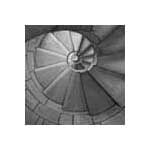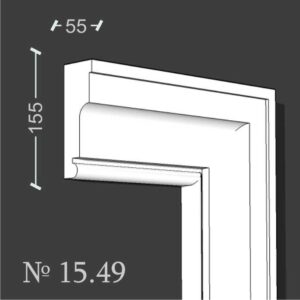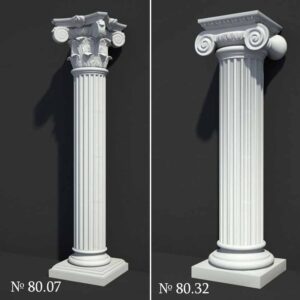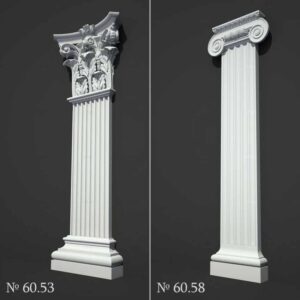In the realm of contemporary architecture, the interplay of materials can profoundly influence both the aesthetic and functional aspects of a building. The use of wooden paneling and textured stone exteriors, as seen in some of the most innovative designs, offers a unique blend of warmth, durability, and natural beauty. This essay delves into the artful use of these materials, highlighting their impact on interior comfort and exterior appeal.




| Architects | Cadaval Estudio |
Wooden Paneling: Bringing Warmth to Interiors
Wooden paneling has long been cherished for its natural warmth and versatility. In modern homes, it serves not just as a decorative element but also as a practical solution for insulation and acoustics. The natural grains and tones of wood bring a sense of organic coziness to living spaces, making them feel more inviting and comfortable. Additionally, wooden paneling can be crafted to fit various interior styles, from rustic to contemporary, making it a favored choice among architects and homeowners alike.
The beauty of wooden paneling lies in its ability to age gracefully. Over time, wood develops a rich patina that adds character to the home. This evolving beauty is a testament to the material’s durability and timelessness. Furthermore, wood’s natural properties make it an excellent insulator, helping to maintain a stable indoor climate while reducing energy costs.
Innovative techniques in wood processing and treatment have expanded the possibilities of wooden paneling. These advancements allow for a wider range of textures, finishes, and colors, enabling architects to tailor the look to specific design themes. Whether it’s a sleek, polished finish for a modern look or a rough, rustic texture for a more traditional setting, wood offers endless creative possibilities.
Sustainability is another key aspect of wooden paneling. With growing awareness about environmental impact, responsibly sourced wood has become a popular choice. It not only ensures a reduced carbon footprint but also supports sustainable forestry practices.






Textured Stone Exteriors: Enhancing Aesthetic Appeal
Textured stone exteriors stand out for their robustness and architectural beauty. Stone, as a building material, has been used for centuries, revered for its strength and longevity. In contemporary architecture, stone textures provide a tactile quality that adds depth and character to the facade of a building.
The variety in stone textures – from smooth and polished to rough and rugged – allows for a wide range of design expressions. This versatility makes stone a suitable choice for various architectural styles, from classic to avant-garde. Moreover, the natural color variations in stone contribute to an exterior that is both dynamic and harmonious with the surrounding environment.
Durability is a significant advantage of stone exteriors. Resistant to weather elements and wear, stone maintains its integrity and appearance over time. This long-lasting quality makes it a cost-effective choice in the long run, as it requires minimal maintenance compared to other exterior materials.
Stone exteriors also offer excellent insulation properties. They help in regulating the interior temperature, keeping homes cool in summer and warm in winter. This natural insulation contributes to energy efficiency, reducing the reliance on artificial heating and cooling systems.
The environmental aspect of stone as a building material is also noteworthy. It is one of the most sustainable materials available, requiring minimal processing and emitting less carbon during production. Furthermore, stone can often be locally sourced, reducing the environmental impact associated with transportation.


The combination of wooden paneling and textured stone exteriors in home design represents a harmonious blend of nature and modernity. This pairing not only enhances the aesthetic appeal of buildings but also contributes to their functional and environmental performance. As the architectural world continues to evolve, the use of these materials stands as a testament to the enduring beauty and practicality of natural elements in building design.












